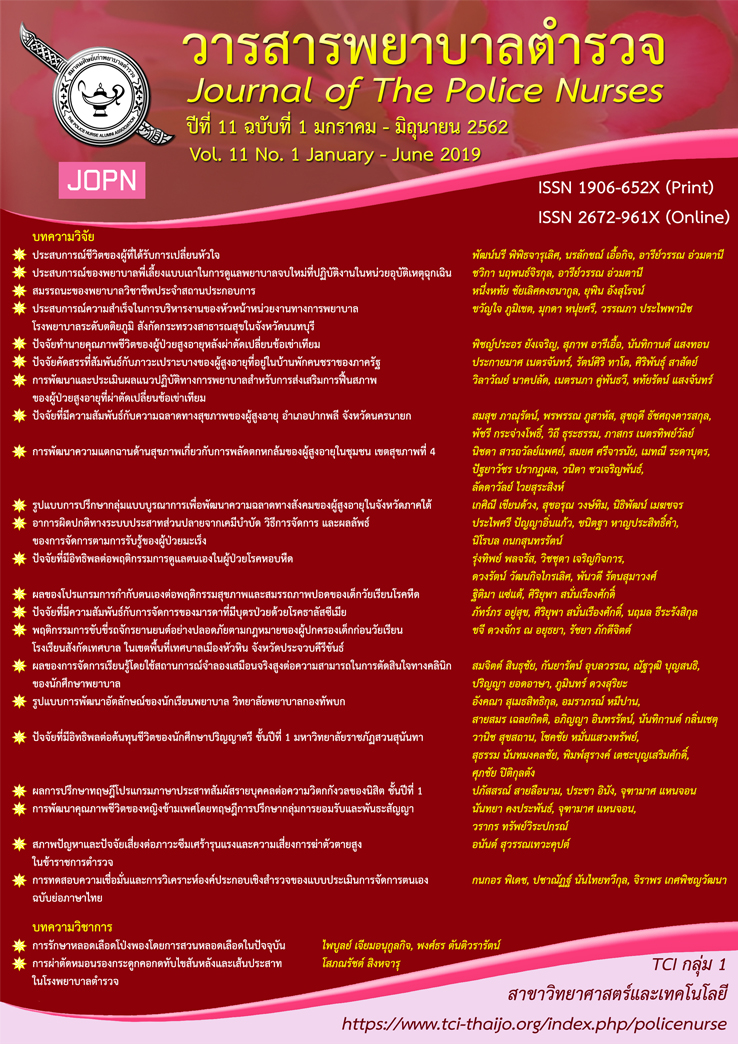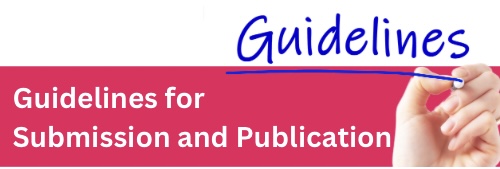FACTORS INFLUENCING DEVELOPMENTAL ASSETS OF FIRST YEAR UNDERGRADUATE STUDENTS OF SUAN SUNANDHA RAJABHAT UNIVERSITY
Keywords:
developmental assets, first year undergraduate program students, policy to promote adolescence perceptionAbstract
This cross-sectional study aimed to study the developmental asset levels of first-year undergraduate students of Suan Sunandha Rajabhat university as well as the determinants involving their developmental assets. In total, 302 first-year undergraduate students aged 18 - 20 years old were selected using a stratified sampling method. The developmental asset levels were assessed by validated a questionnaire with the reliability score (Cronbach's alpha coefficient = .94). Analyzed using Chi-square test, Pearson’s product-moment correlation coefficient, and stepwise-multiple regression analysis.
Results indicated that 93% of students passed the developmental asset criteria. Among these, 46% are passed with a very good score level. According to multiple regression model, the significant predicting variable (p < .05) included a policy to promote adolescence perception (Beta = .359), family relationship (Beta = .294) studying faculty (Beta = -.222) and the average monthly income (Beta = .129) (R2Adjusted =.330).
In summary, the university should promote students' developmental assets in the power of community, power of peers, and power of intellect. The teenagers' policy recognition should also encourage. In addition, the involvement of family activities will lead to the strong relationship among family members resulting to better developmental assets.
Downloads
References
Charupoonphol, P., Sujirarat, D., Tachaboonsermsak, P., Munsawangsub, C., & Pikkultang, S. (2009).
Model development of the Thai family situation assessment. Bangkok: Ministry of Social Development and Human Security and Faculty of Public Health Mahidol University.
Daniel, W. W. (2005). Biostatistics: a foundation for analysis in the health sciences (8th ed).
New York: John Wiley.
Liabthawee, B., Laithong, J., Kabkaew, T., & Paksala, S. (2014). Development assets of practical nurse students, class 32th faculty of tropical medicine, Mahidol university. Journal of The Police Nurses, 6(2), 168-175.
Murphey, D. A., Lamonda, K. H., Carney, J. K., & Duncan, P. (2004). Relationships of a brief measure of youth assets to health-promoting and risk behaviors. Journal of Adolescent Health, 34(3), 184-191.
Noonil, N., & Aekwarangkoon, A. (2011). Public policy process for the improvement of children’s and youths’ life’s assets. Thai Journal of Nursing Council, 26(special issue), 30-43.
Office of the Education Council. (2008). Guidelines for performing research project and developing promotion of network innovation and learning of educational officers for developing quality of learners. Bureau of Academic Affairs and Educational, Standards Office of the Education Council, Bangkok: Thailand.
Rojjanapraphaphun, N., Isaranurug, S., Wongarsav C., & Chansatitporn, N. (1998). Relationship between family relation, child rearing pattern and self-esteem of early adolescent in the secondary schools under the development of general educations Aranyaprathet district, Sakaeo province (Thesis of master Science (Public Health) in Family Health). Faculty of Graduate Studies, Mahidol University. Bangkok.
Search Institute. (2016). Developmental assets. Retrieved from https://www.search-institute. org/what-we-study/developmental-assets.
Srichantr-intr, N., Ketumarn, P., & Tripathi, S. (2014). Life assets in academically talented students: Case study of the participants in international mathematics and science Olympiad 2013. Journal of the Psychiatric Association of Thailand, 59(2), 151-162.
Student Affairs Division, Mahidol University, Thai Health Promotion Foundation, National Institute for Child and Family Development. (2010). Developmental assets of undergraduate students third year 2010, Mahidol university. Nakhon Pathom.
Tangchalok, S. (2012). A study of the relationships among developmental assets, affective life skills and responsible behaviors of Matthayom Sueksa four students in Samut Prakan province (A Thesis for the Degree of Master of Science). Ramkhamhaeng University, Bangkok.
Tripathi, S. (2012). Life assets of Thai children and youth (8th ed.). Bangkok: October Print.
Tripathi, S, & Sungthong, P. (2009). The study to develop positive model survey tool (developmental assets) in Thai adolescence. Thai Journal of Pediatrics, 48(1), 42-48.
Tripathi, S., Sungthong, P., & Salachan, S. (2013). The national survey of life assets (positive youth development) of secondary school students in Thailand. Thai Journal of Pediatrics, 52(2), 36-43.
Unchuen, K. (2014). The students quality of life Suranaree university of technology. Nakhon Ratchasima: Suranaree university of technology knowledge bank.
Downloads
Published
How to Cite
Issue
Section
License
ผลงานที่ได้ตีพิมพ์แล้วจะเป็นลิขสิทธิ์ของวารสารพยาบาลตำรวจ















